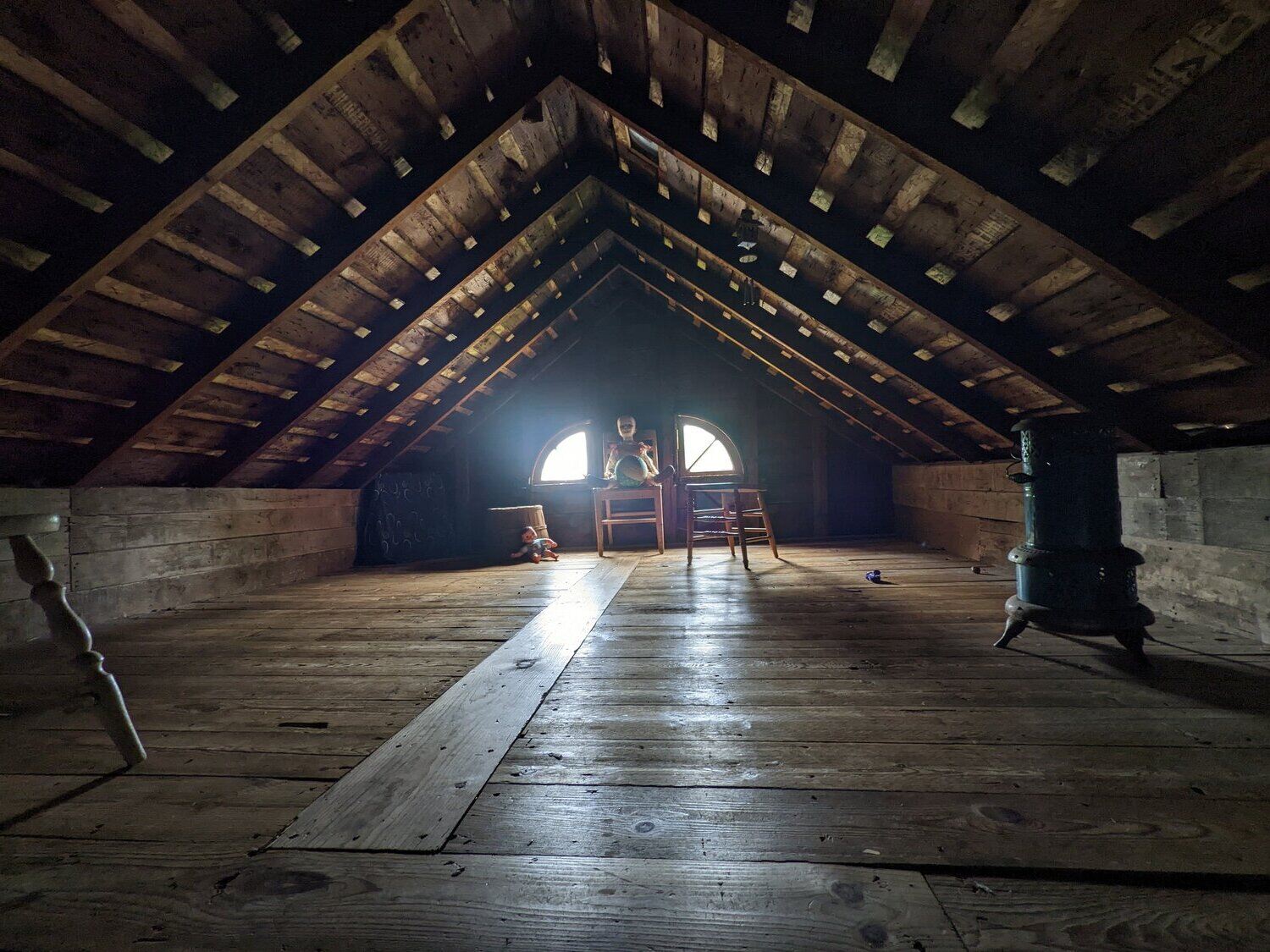
What happened on the night of June 10, 1912, in Villisca, Iowa? The Villisca Axe Murders remain one of America's most chilling unsolved crimes. Eight people, including six children, were brutally killed in their sleep with an axe. The victims were the Moore family—Josiah, Sarah, and their four children—and two young guests, the Stillinger sisters. Despite extensive investigations and numerous suspects, the case remains unsolved. The crime scene was gruesome, with the killer covering the victims' heads and using an oil lamp for minimal light. The house, now a tourist attraction, continues to intrigue true crime enthusiasts and paranormal investigators alike.
Key Takeaways:
- The Villisca Axe Murders of 1912, a chilling unsolved mystery, left a lasting scar on the community, highlighting the limitations of early 20th-century forensic technology and enduring public interest.
- Despite extensive investigations and numerous theories, the identity of the killer remains unknown, leaving behind a legacy of mystery and horror in American true crime history.
35 Facts About the Villisca Axe Murders
The Villisca Axe Murders of 1912 remain one of America's most chilling unsolved mysteries. This gruesome event has captivated true crime enthusiasts for over a century. Here are 35 key facts about this haunting case.
The Night of Horror
The night of June 10, 1912, changed Villisca, Iowa, forever. The brutal slayings left a lasting scar on the community.
-
Date and Time of the Murders: The murders took place between midnight and 2:00 a.m. on June 10, 1912.
-
Location: The crime occurred at the Josiah B. Moore house, a simple white frame home in Villisca, Iowa.
-
Victims: Eight people were killed: Joe and Sarah Moore, their children Herman, Katherine, Boyd, and Paul, and two visiting Stillinger sisters, Lina and Ina.
-
Method of Murder: All victims were bludgeoned to death with an axe, which was found in the house afterward.
The Investigation Begins
The initial response and investigation were extensive but ultimately led to more questions than answers.
-
Initial Response: Neighbors discovered the bodies after hearing screams and seeing blood on the windows.
-
Crime Scene: The scene was gruesome, with severe head wounds on all victims. The killer covered their heads with bed linens or clothing.
-
Lamp Usage: The killer used an oil lamp with the wick turned down to provide minimal light, allowing movement without being seen.
-
Entry and Exit: The killer entered through an unlocked door and left the same way, locking it behind. This suggests familiarity with the house.
Theories and Suspects
Various theories and suspects emerged, but none led to a conviction.
-
Ax Usage: The axe was found in the downstairs murder room with a slab of bacon next to it. Some theories suggest the bacon was used for masturbation.
-
Guests: The Stillinger sisters, Lina and Ina, were overnight guests sleeping in a guest room on the first floor.
-
Timeline: Events leading up to the murders include the Stillinger sisters attending Sunday School and preparing for the Presbyterian Church Children's Day evening service.
-
Community Reaction: The community was shocked and devastated. Villisca was known for its friendly and safe nature, making the event even more tragic.
The Police Investigation
Despite extensive efforts, the police investigation yielded few leads.
-
Police Investigation: The police searched the town and interviewed numerous suspects, but no concrete evidence was found.
-
Similar Murders: Similar axe murders in other railroad towns around the same time led some to believe the Villisca murders were part of a larger series by a serial killer known as "Billy the Axeman".
-
Suspects: Several suspects were identified, including Reverend George Kelly, who had a history of being a Peeping Tom and had attended the Sunday evening church program.
-
Trial and Acquittal: One suspect was tried twice, with the first trial ending in a hung jury and the second ending in an acquittal.
Forensic Challenges
The lack of modern forensic technology made solving the case extremely difficult.
-
Investigative Efforts: Despite extensive efforts, no DNA evidence or fingerprints were found at the crime scene.
-
Forensic Analysis: Experts found that the killer likely left no fingerprints or DNA, suggesting a high level of planning.
-
Axeman Theory: The theory that the Villisca murders were part of a larger series of axe murders committed by a serial killer traveling by train is supported by similarities in other cases.
-
Railroad Connection: Many of these murders occurred in railroad towns, and the scent from the Villisca crime scene led to the Nodaway River near railroad tracks.
The Community's Response
The murders had a profound impact on the community and continue to be remembered today.
-
Community Impact: The Villisca Axe Murders had a profound impact on the community. The house became a tourist attraction and a symbol of tragedy.
-
Tourism: Today, the house is known as the "Villisca Axe Murder House" and is a popular tourist destination.
-
Documentaries and Books: Several documentaries and books have been written about the Villisca Axe Murders, including "Villisca: Living with a Mystery" and "Fiend Incarnate: Villisca Axe Murders of 1912".
-
Paranormal Activity: The house is also known for paranormal activity, with many visitors reporting strange occurrences.
Historical Significance
The Villisca Axe Murders highlight the limitations of early 20th-century forensic technology and the enduring impact of such tragedies.
-
Historical Significance: The murders are significant not only for their brutality but also for highlighting the lack of forensic technology at the time.
-
Community Remembrance: The community has remembered the victims through various memorials and tributes.
-
Investigative Techniques: The investigation showcased the limitations of investigative techniques at the time.
-
Public Interest: The case has maintained public interest over the years, often compared to other famous unsolved murders like the Jack the Ripper case.
Theories and Speculations
Various theories have been proposed over the years, but none have been proven conclusively.
-
Theories and Speculations: Various theories have been proposed, including speculation about the killer's identity and motives.
-
Legal Implications: The case highlights the challenges faced by law enforcement in solving crimes without modern forensic tools.
-
Psychological Impact: The psychological impact on the community was significant, leaving deep scars.
-
Cultural Legacy: The Villisca Axe Murders have become part of American folklore, symbolizing both the darkness and resilience of small-town America.
-
Historical Context: Understanding the historical context of the time is crucial in analyzing the case.
-
Legacy of Mystery: The Villisca Axe Murders remain one of the most enduring unsolved mysteries in American true crime history.
-
Enduring Fascination: Despite extensive investigations and numerous theories, the identity of the killer remains unknown, leaving behind a legacy of mystery and horror.
The Enduring Mystery of Villisca
The Villisca Axe Murders remain one of America's most haunting unsolved crimes. On June 10, 1912, eight lives were brutally taken in a small Iowa town, leaving a community shattered and questions unanswered. Despite extensive investigations, the killer's identity remains a mystery. Theories abound, from a traveling serial killer to local suspects, but none have been proven. The house, now a tourist attraction, draws visitors intrigued by its dark past and reported paranormal activity. This case highlights the limitations of early 20th-century forensic techniques and the profound impact such tragedies have on communities. Over a century later, the Villisca Axe Murders continue to captivate and horrify, a chilling reminder of the unknown lurking in history's shadows. The story endures, a testament to the enduring human fascination with mystery and the quest for justice.
Frequently Asked Questions
Was this page helpful?
Our commitment to delivering trustworthy and engaging content is at the heart of what we do. Each fact on our site is contributed by real users like you, bringing a wealth of diverse insights and information. To ensure the highest standards of accuracy and reliability, our dedicated editors meticulously review each submission. This process guarantees that the facts we share are not only fascinating but also credible. Trust in our commitment to quality and authenticity as you explore and learn with us.


